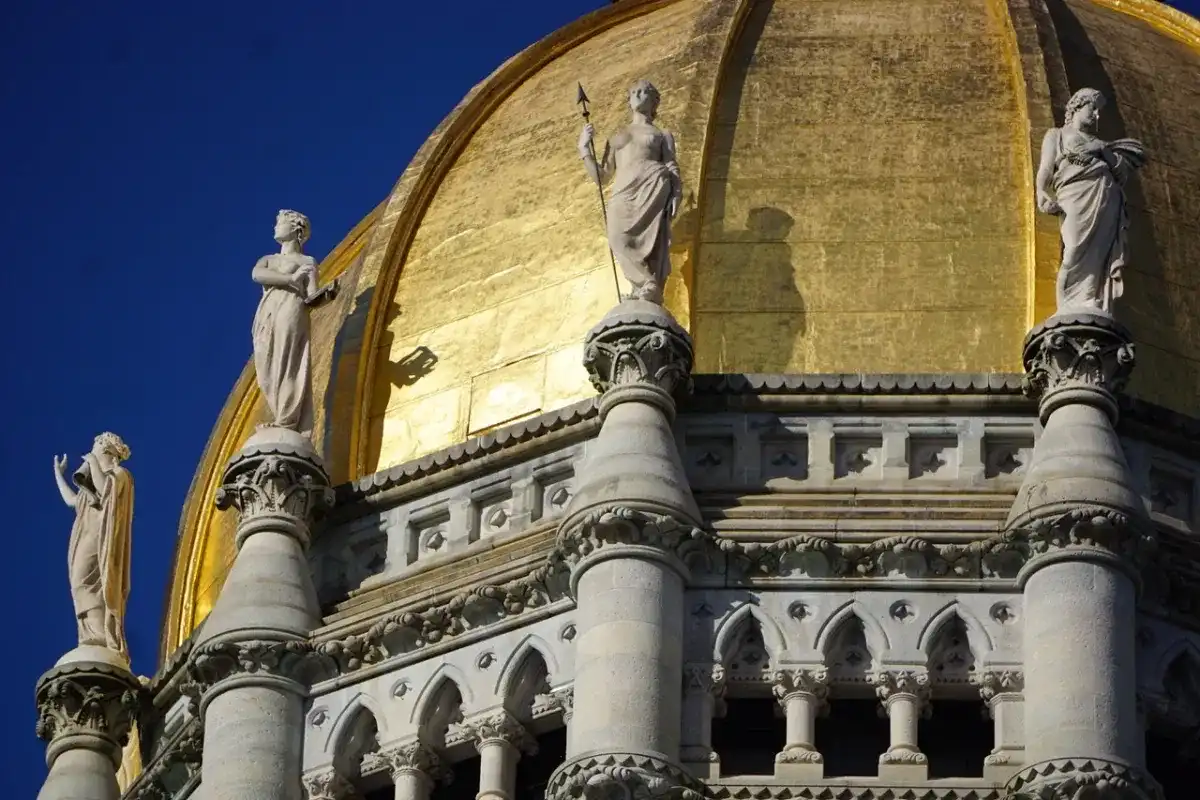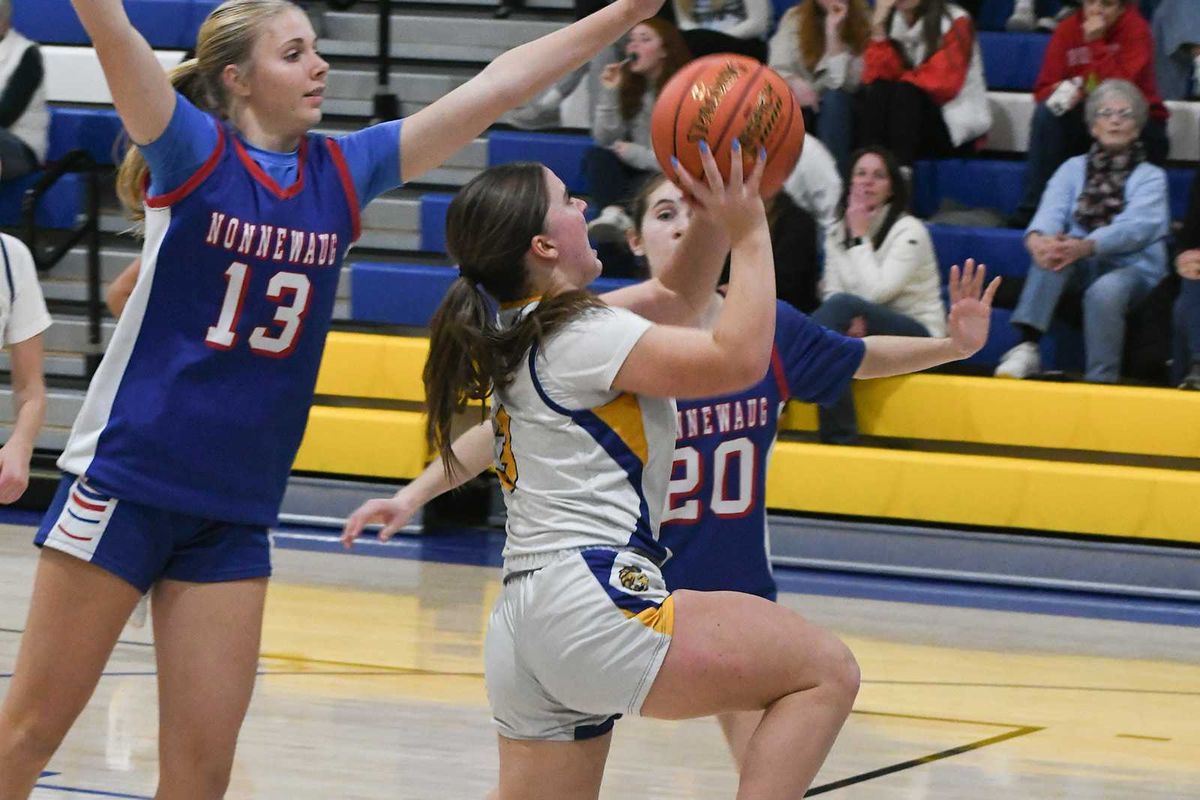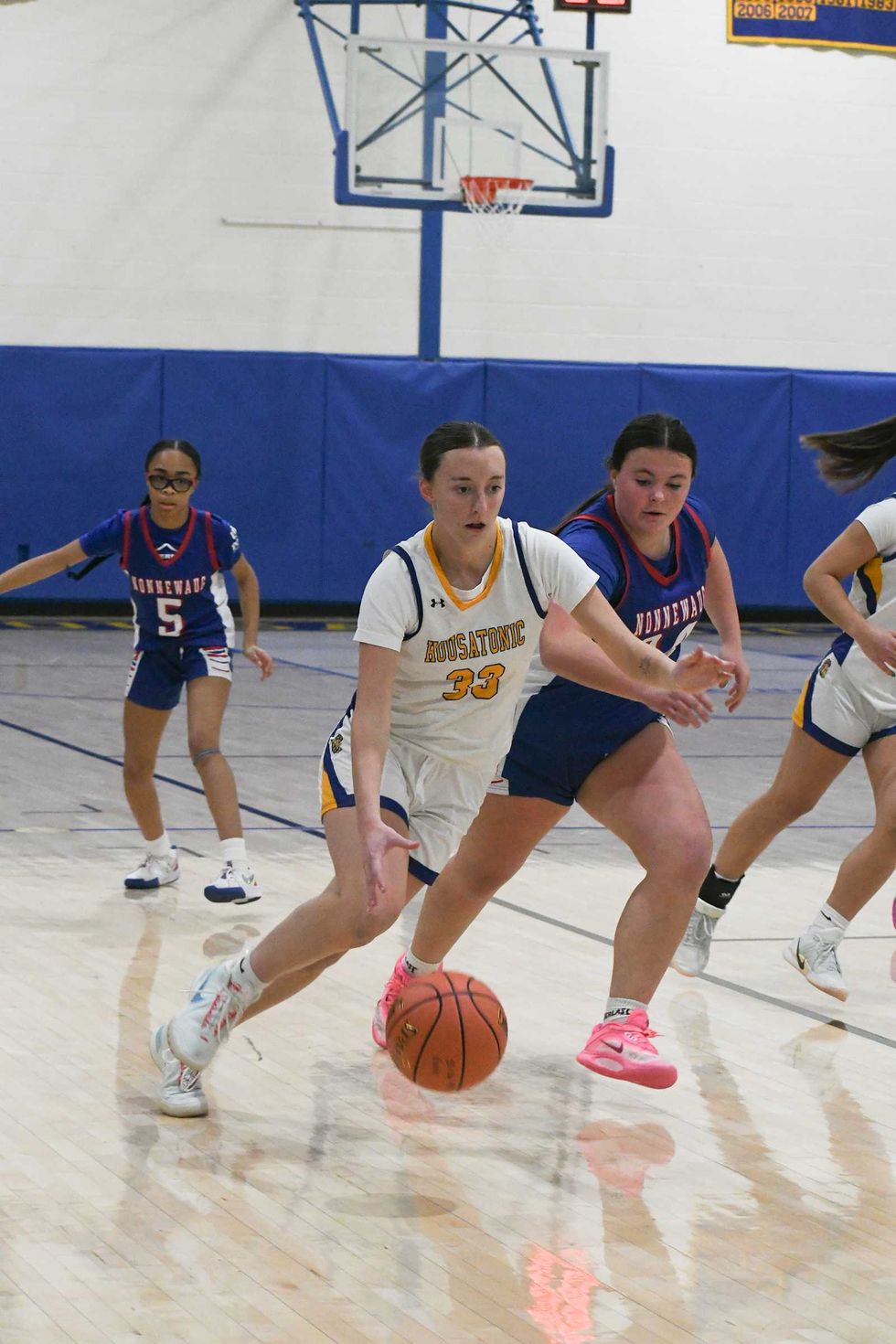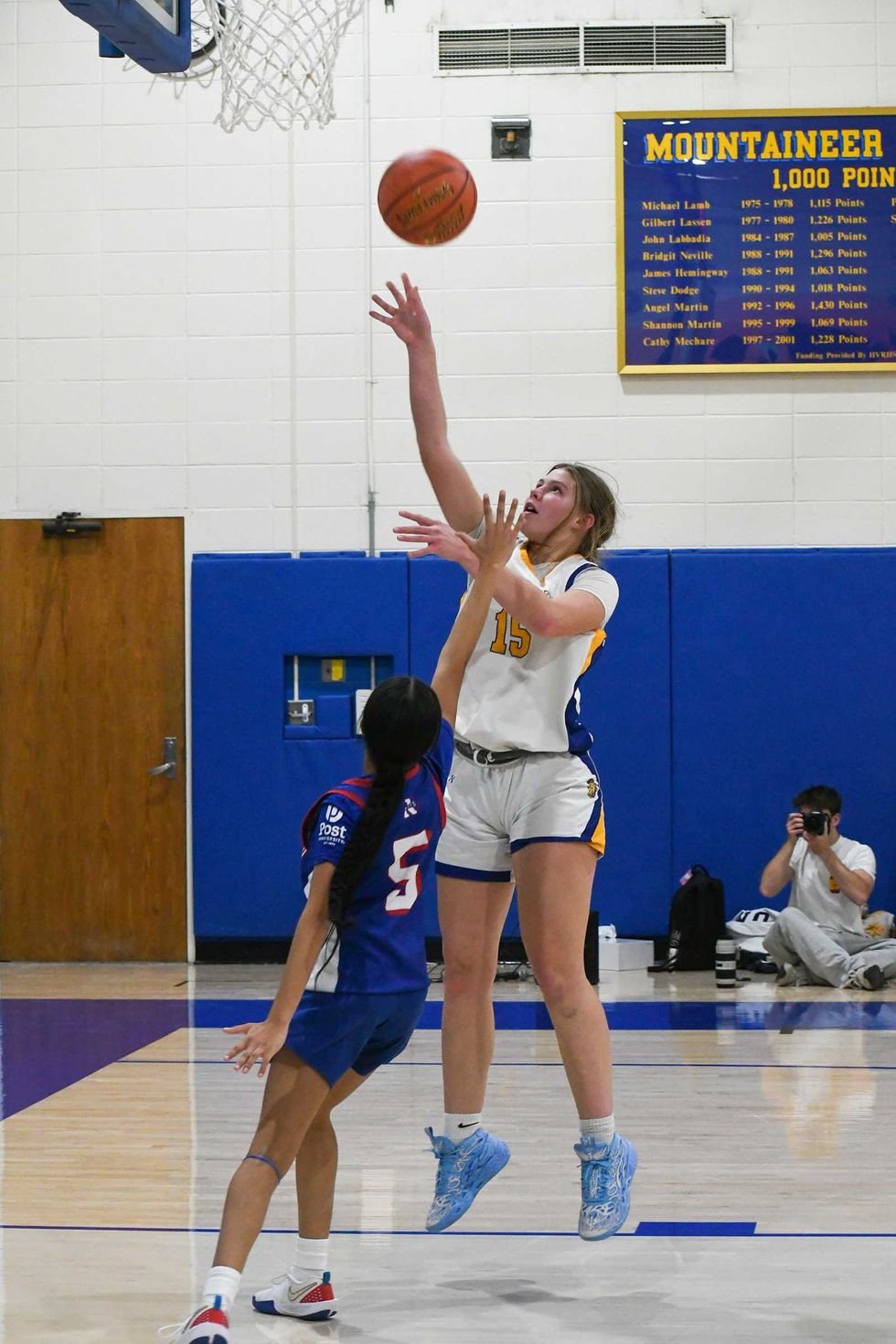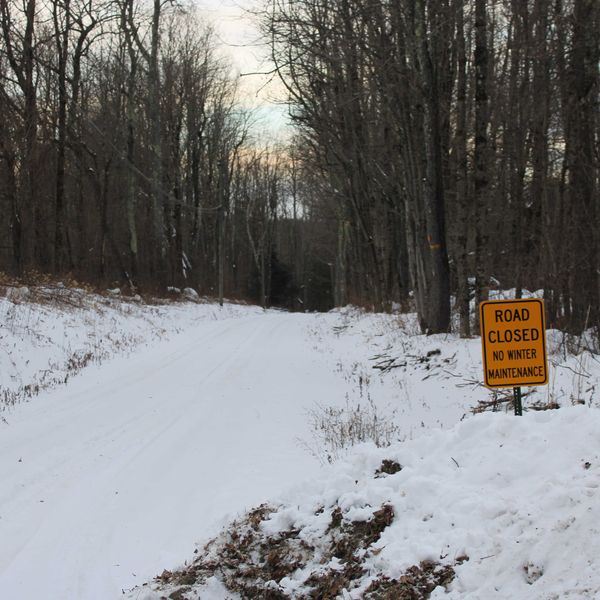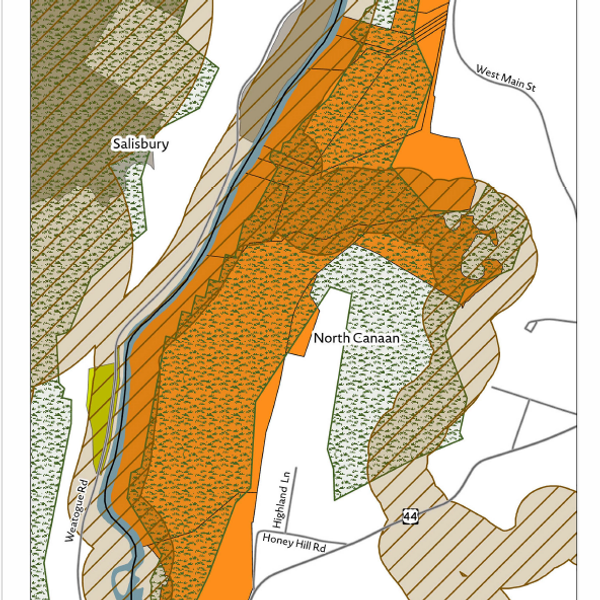The Creators: An interview with filmmaker Keith Boynton
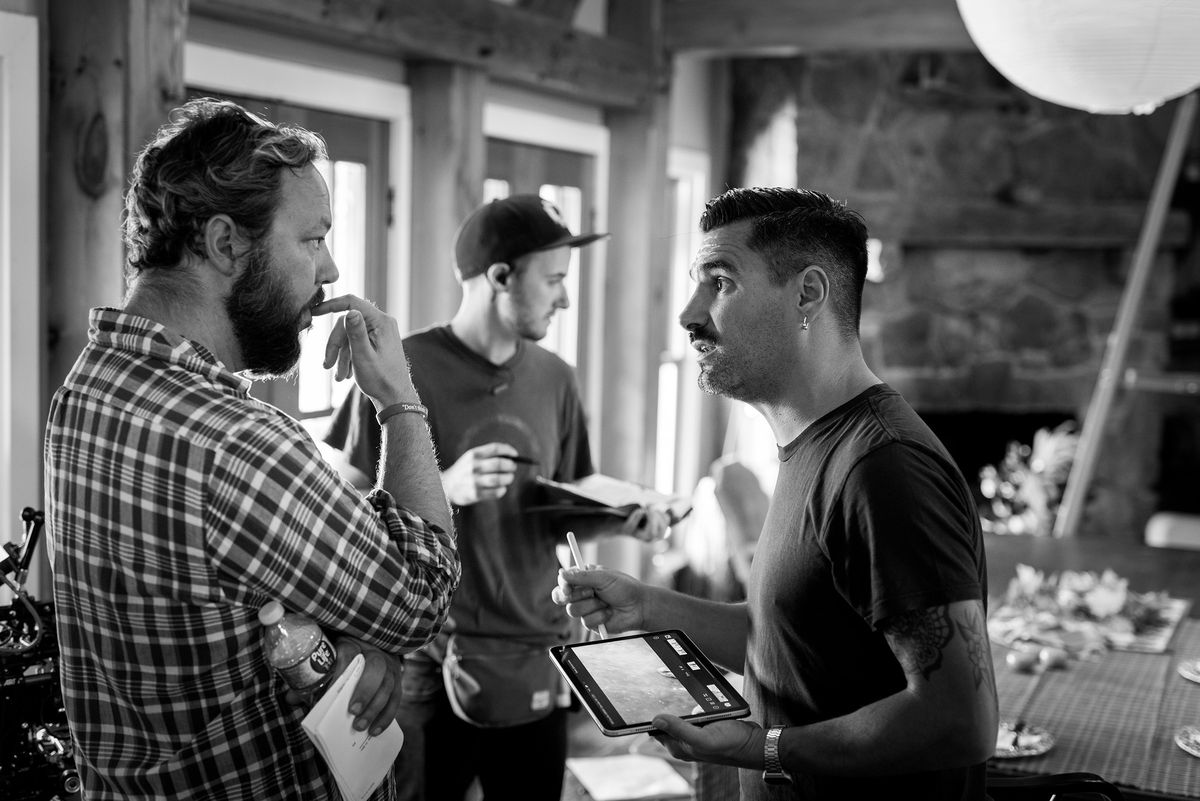
Keith Boynton, left, with Aitor Mendilibar, right, the cinematographer who shot “The Haunted Forest” as well as “The Scottish Play” and “The Winter House.” In the background of is Vinny Castellini, first assistant director.
Submitted
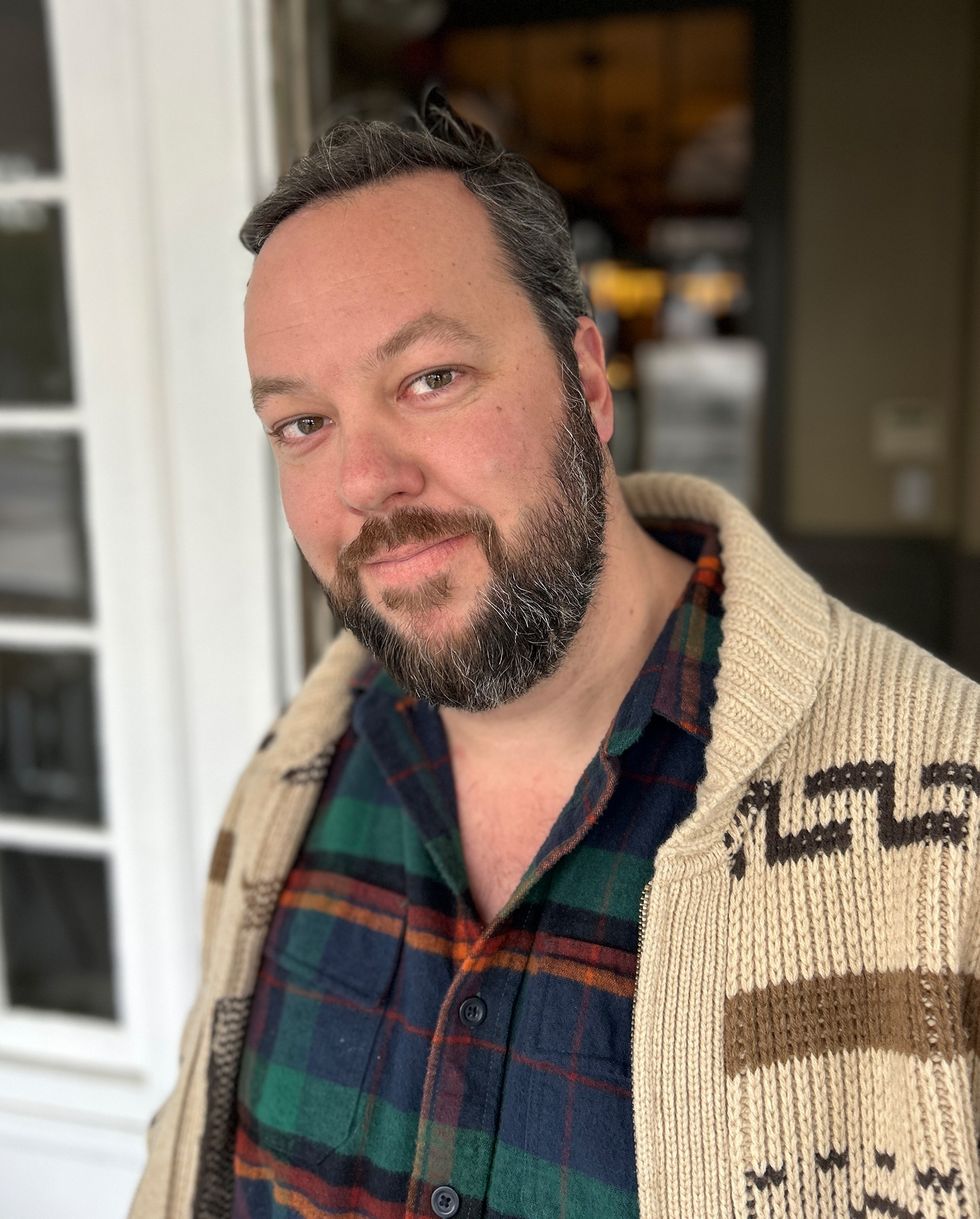

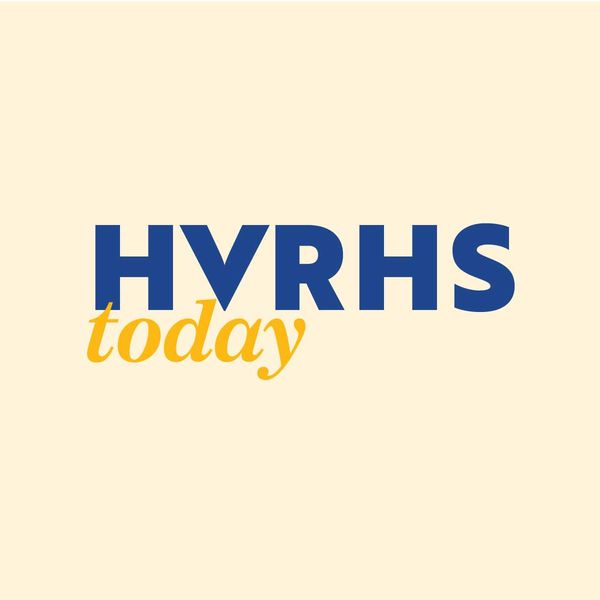

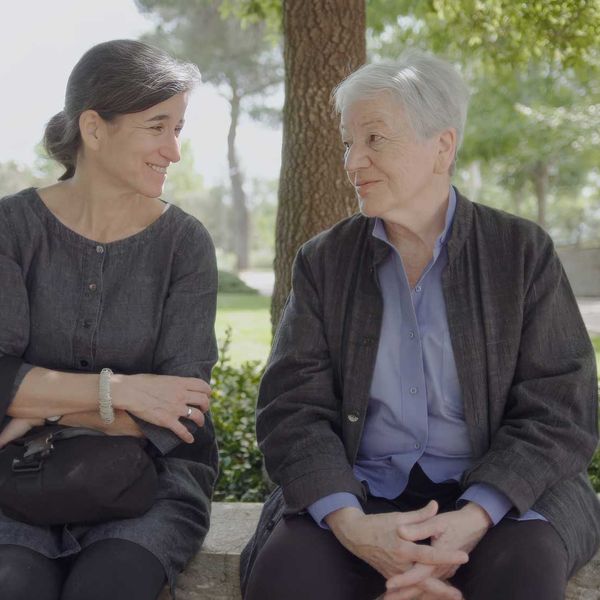
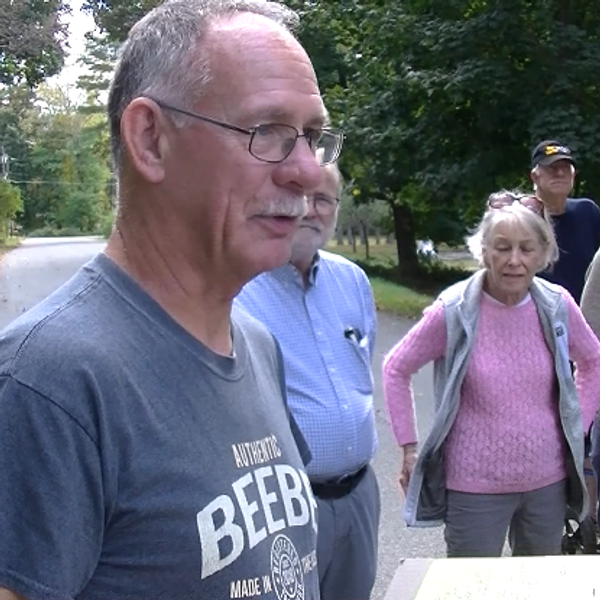
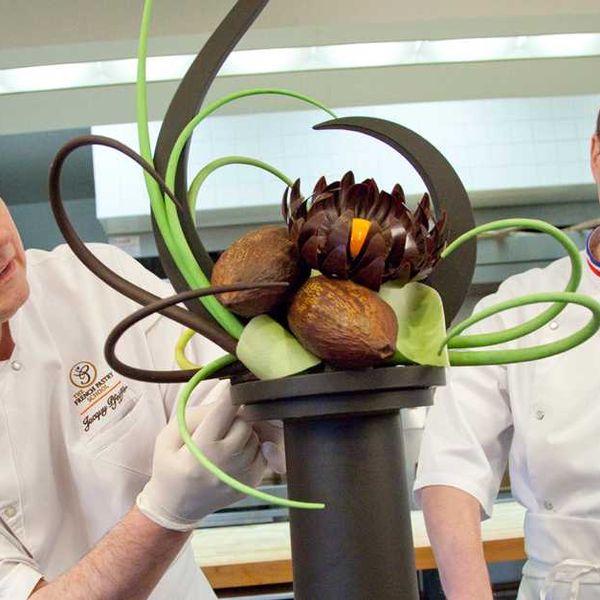
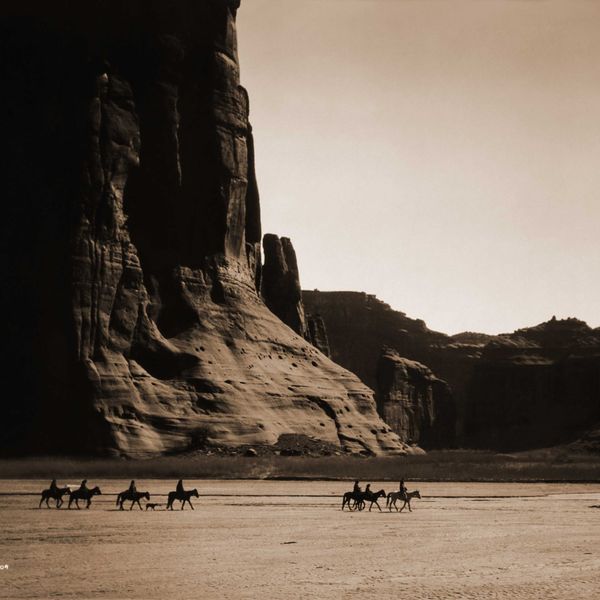
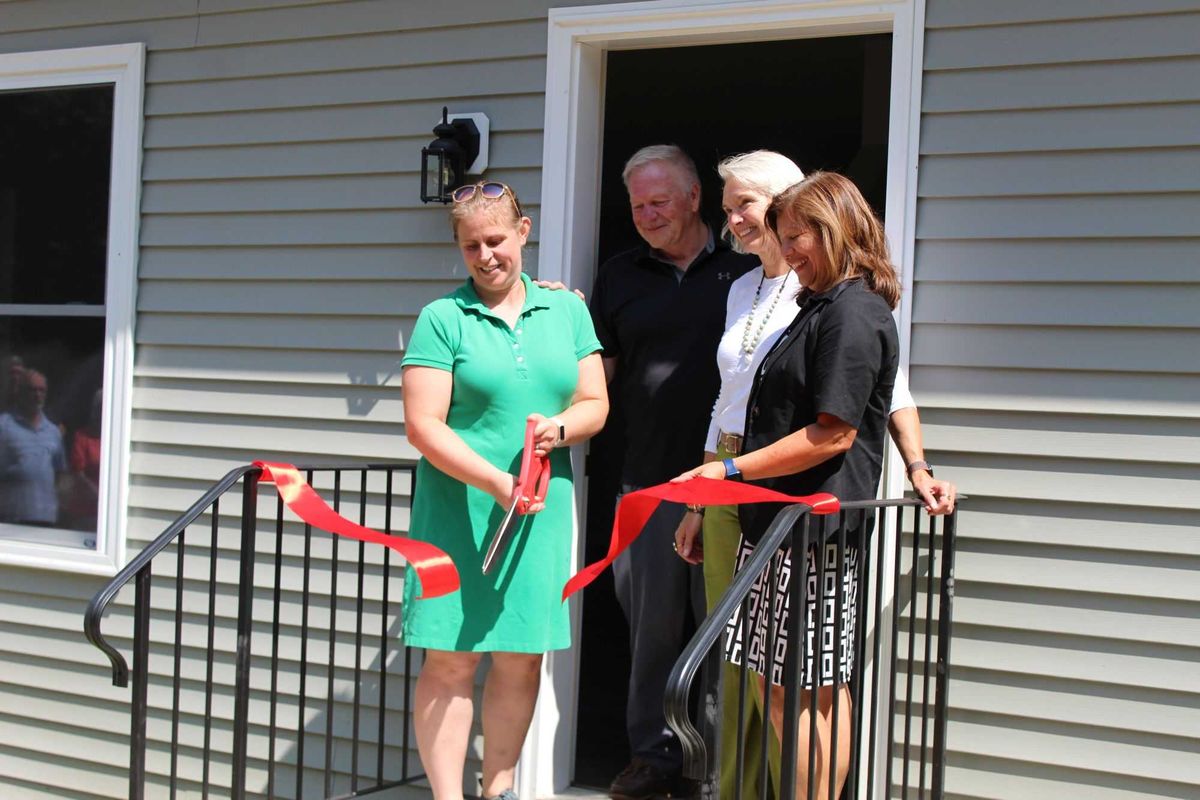
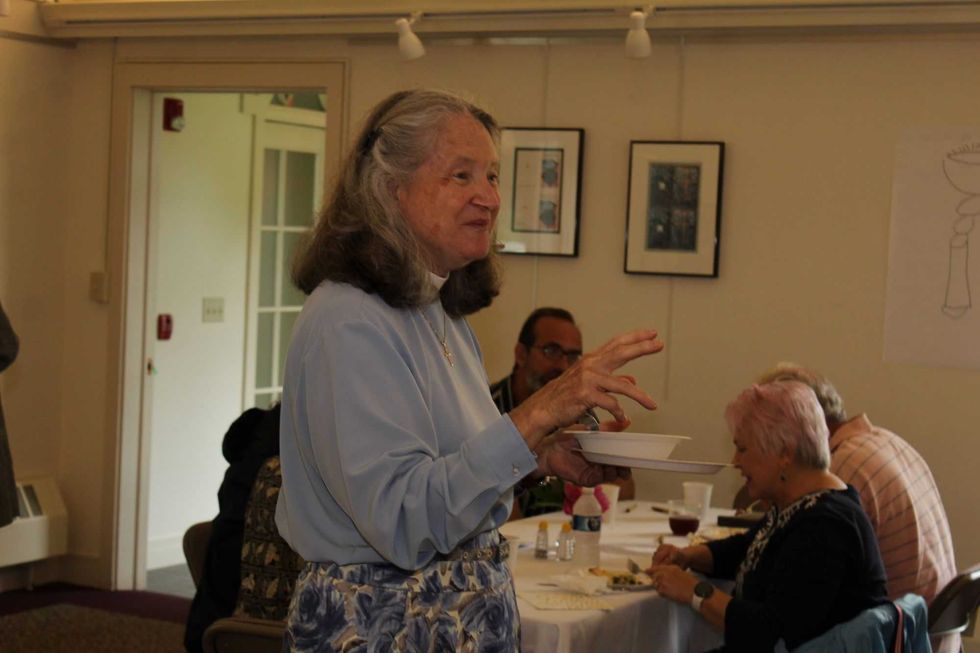 The Rev. Heidi Truax retired after 16 years at the helm of Trinity Episcopal Church in Lime Rock.By Patrick L. Sullivan
The Rev. Heidi Truax retired after 16 years at the helm of Trinity Episcopal Church in Lime Rock.By Patrick L. Sullivan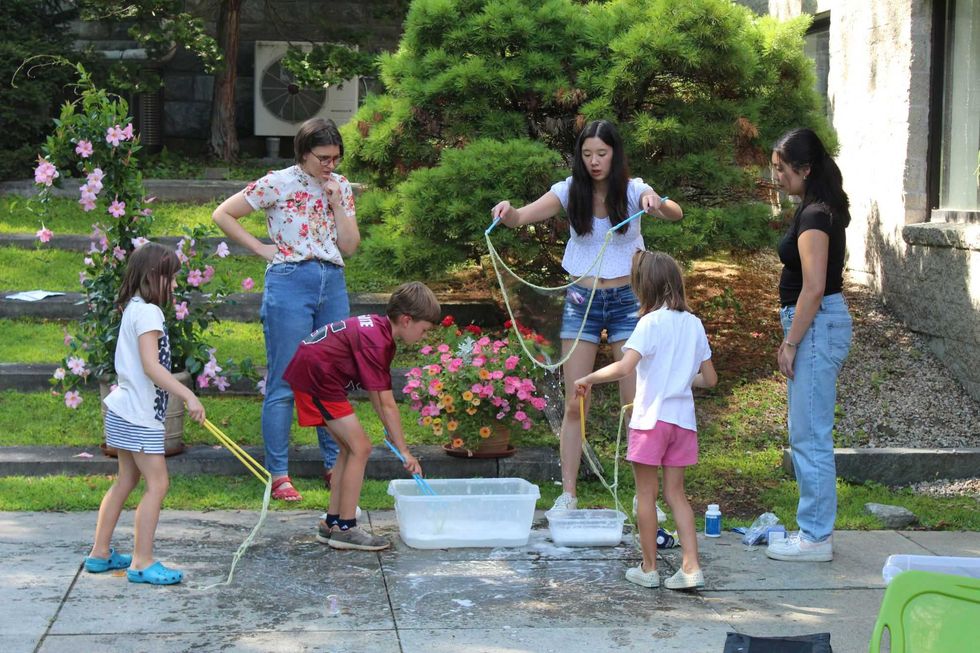 The summer reading program at the Scoville Memorial Library wrapped up Aug. 23 with an emphasis on bubbles. Lots of bubbles.By Patrick L. Sullivan
The summer reading program at the Scoville Memorial Library wrapped up Aug. 23 with an emphasis on bubbles. Lots of bubbles.By Patrick L. Sullivan